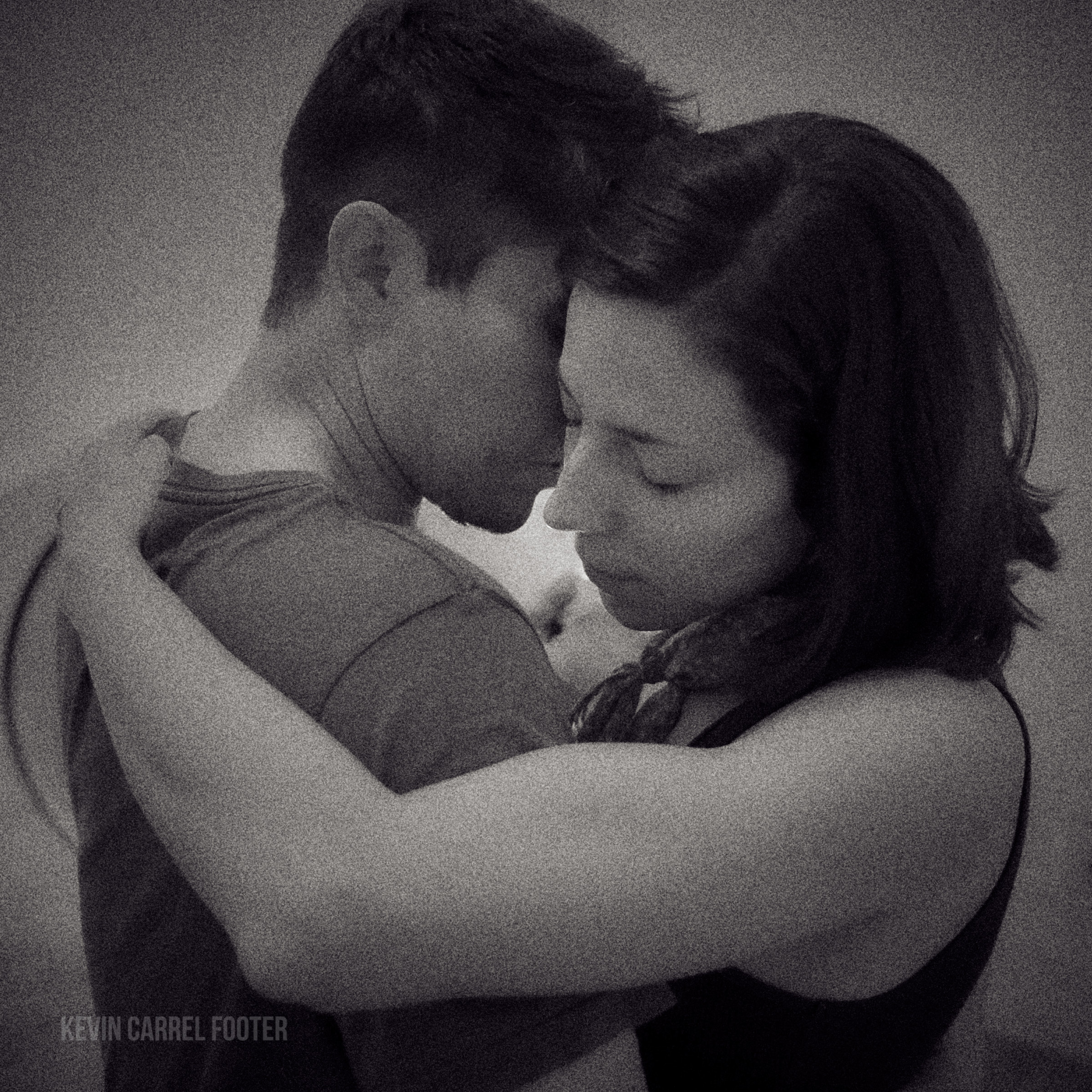
Two people approach each other. Sparks are flying off their bodies but they force themselves to slow down, like sports cars approaching the starting line, latent power sublimated. Once they are close enough to smell each other, they extend their spines upwards and roll their shoulders back, revealing – as if they were peeling away the petals of a flower – their hearts.
Tango is an art form built around a single, undying truth: we live to be held. All the fancy footwork, the slits, the straps, the shoes, even the music and the stories of heartbreak in the lyrics only serve to create the context for that to happen. A milonga, a tango dancehall, is a place where strangers go to hold each other.
The embrace is everything. I remember an incident from some months back where I had taken a group of visitors in Buenos Aires to a tango club. One of the couples, a man in a newly-purchased Argentine soccer jersey and his girlfriend in a tank top, were moved by what they saw and more daring than the others. They stood up and went out onto the crowded dance floor. They used the simple steps I had taught them to do a decent simulacrum of tango. At least they didn’t bump into anyone, the cardinal sin. The joy on their faces made people smile at them. No one minded their tennis shoes. (Tango dancers can be sticklers about what footwear belongs on the dance floor.)
At the end of the evening we were out on the sidewalk in front of the club, saying our goodbyes and waiting for our taxis. An elderly woman in a glittery dress came out of the club and approached us. She grabbed the woman in the tank top who had been dancing and pulled her up against her chest until their breasts were pressed into each others and their cheeks were side by side. The older woman could have been the other’s grandmother.
“Tango is like this,” she said.
Then, clowning a disgusted look on her face, she said, “Not like this.”
She went on to demonstrate how the young woman had danced with her partner, arms extended and a good 30 centimeters between them.
“No,” she barked. “Do it like THIS,” and again she scrunched the woman against her. The young woman laughed nervously, arching her head back because the rest of her torso was immobilized in the older woman’s unflinching embrace.
Finally, to the young woman’s relief, she let her go. Looking at all of us sternly, the milonguera said, “That’s how you dance tango. That other thing isn’t tango.”
One day, I hope to have the clarity and boldness of that elderly woman, to say things as they are.
I go to milongas many times a week. A life without them would be a lesser life. I dance with many people, some of whose names I remember. We may see each other, dance with each other often, but usually I know nothing of who they are outside the milonga. Nor do I need to. We meet on the dance floor, hold each other close, then say, “Gracias” when we part.
It is the tango way.

Leave a Reply